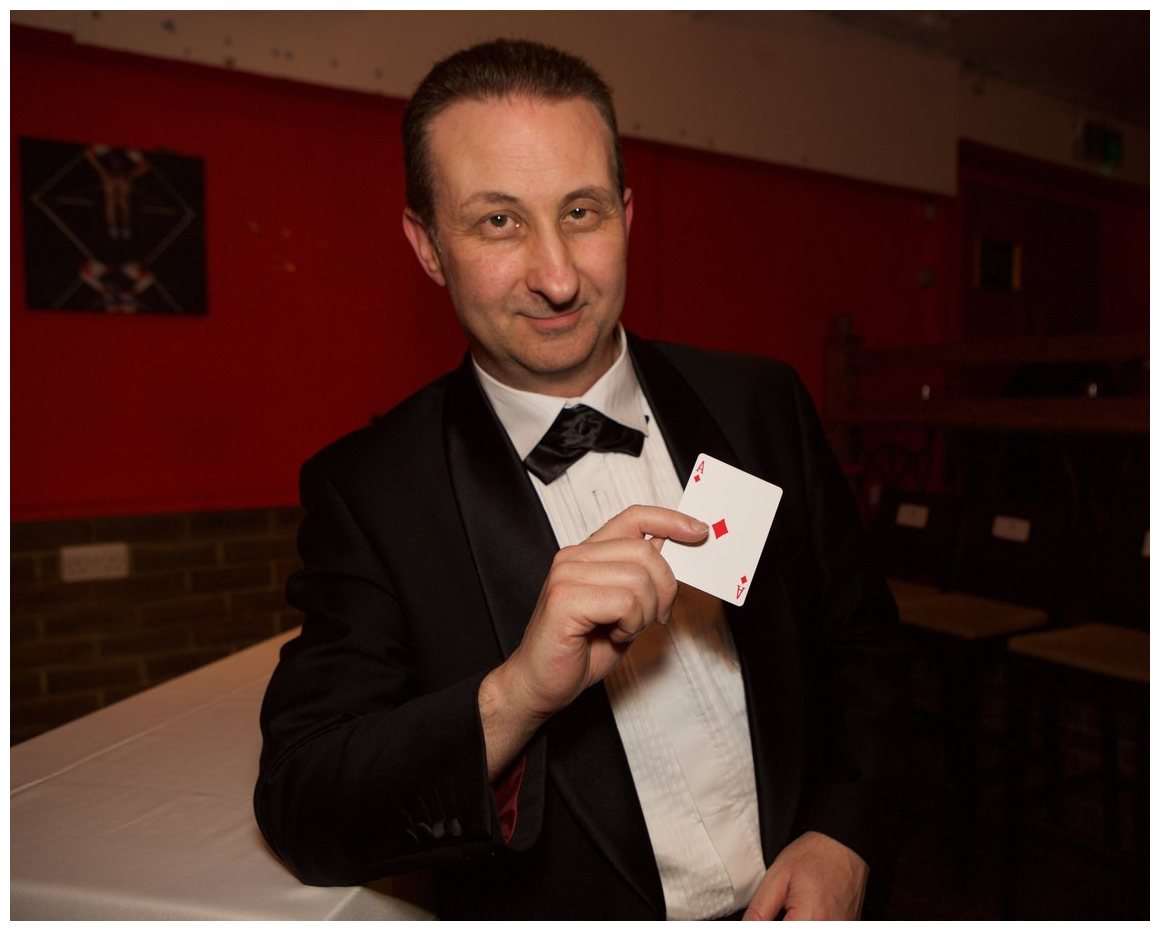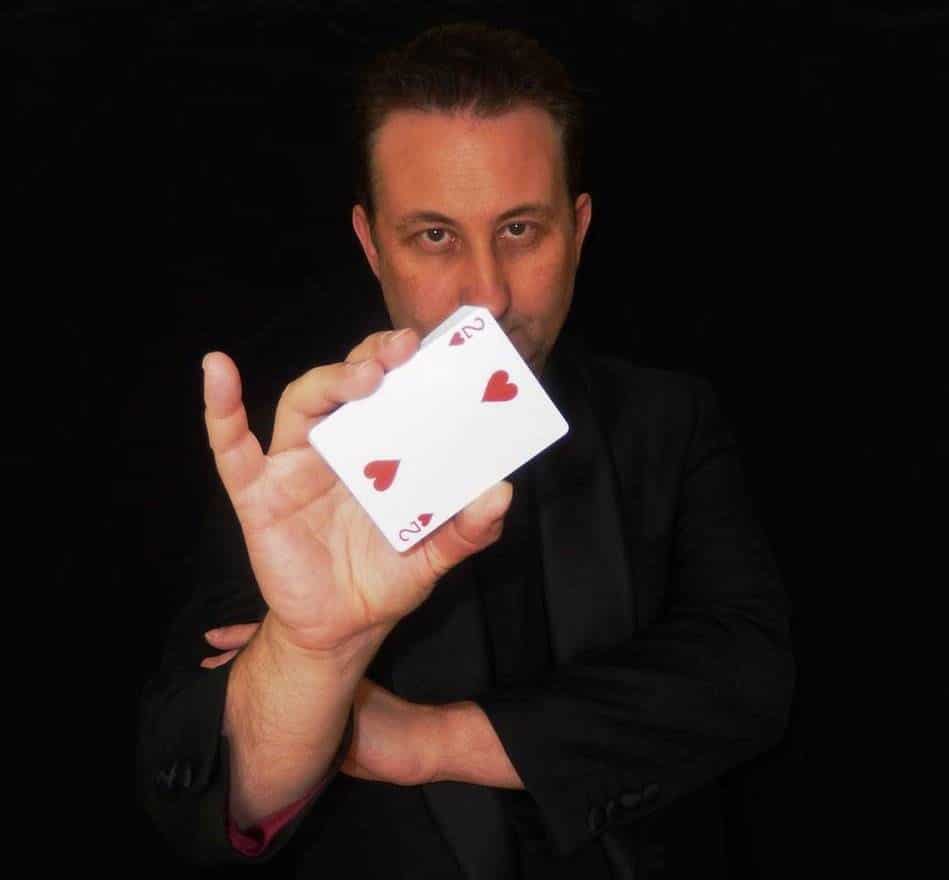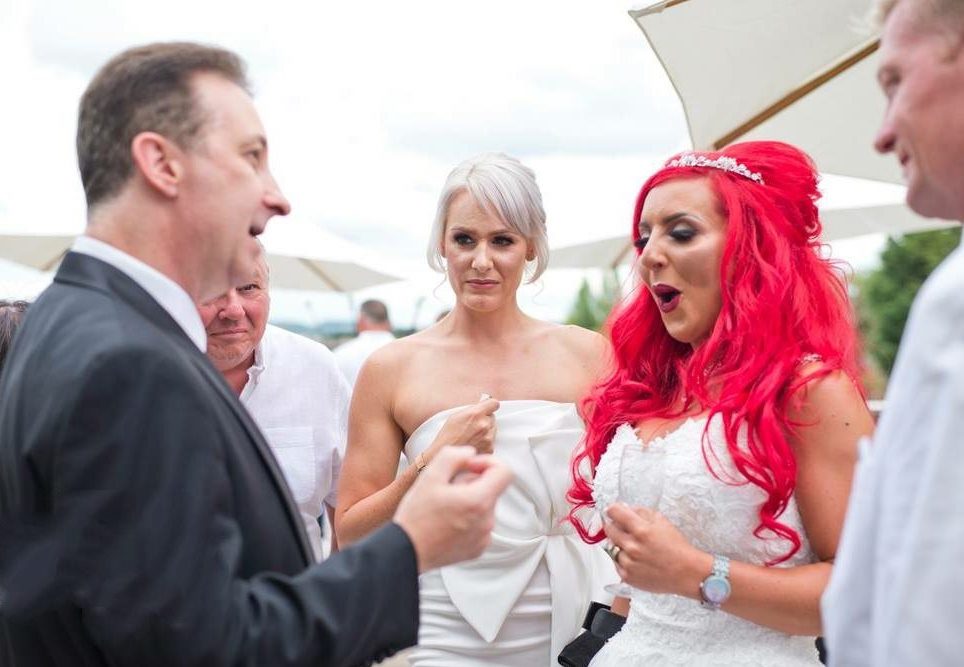
How to Practise a Magic Trick: Master Sleight-of-Hand Faster


Andy Field is a professional magician, offering table top magic, sleight of hand illusions, mind reading and more, for a variety of occasions. Over the years Andy has built a strong global following, boasting over 5,000,000 views on his YouTube channel and an array of reviews across multiple platforms. Having amassed experience as a wedding magician, party magician & close up magician, Andy is seen as one of the industries most tried and tested professional magicians.
Creativity in Magic Starts with Invisible Effort
Being creative in any field is challenging, and magic is no exception. My personal aim, whenever I practise a magic trick, is to make it seem as though I have never rehearsed at all. The dream outcome is movement so smooth and natural that every sleight, every pause and every line of patter blends into one flawless moment of astonishment; an ideal championed for more than a century by The Magic Circle, Britain’s premier magic society.
Yet, at the very beginning, things are anything but smooth. Hands feel stiff, timing falters and the routine looks painfully contrived. Occasionally the learning curve is shorter because parts of the trick already live in a magician’s muscle memory. But let us assume you are starting from scratch, armed with nothing but enthusiasm and a shiny coin.
Step 1 – Study Before You Touch the Props
Before even lifting a coin I dive into research. I watch seasoned performers on YouTube, read published explanations and lurk in magic forums hunting for nuances. This investment of time guards me against a more expensive cost later—realising halfway through that the trick simply does not suit my style.
For the routine discussed here—“The Hanging Coins”—I learnt several variations first, noting which angles flashed least and which patter lines felt genuine. Only then did I commit.
Step 2 – Select Props That Suit You
Coins behave very differently from playing cards: they do not bend, they clink audibly and they demand firmer finger positions. After experimenting, I settled on four old English pennies. Their antique copper finish photographs well, and their diameter fits my smaller hands perfectly, allowing me to classic-palm without strain. Using identical coins also ensures the sleights feel consistent every time. If you would like to see an example of the props i use, see the gallery page.
Step 3 – Drill the Core Moves Relentlessly
Now the real graft begins. I isolate each sleight—vanishes, shuttle passes, palms—and repeat them until I can execute slowly, silently and without hesitation. The Canadian illusionist Doug Henning expressed this journey best: “The difficult must become a habit; the habit becomes easy; the easy becomes beautiful.” Only when the moves are second nature do I thread them together into a full sequence.
Step 4 – Rehearse in Front of a Mirror
A mirror offers the spectator’s viewpoint and spares you the surprise of discovering a flash during an actual performance. I run the routine repeatedly, checking hand shade, body posture and sight-lines, tweaking until every angle feels secure.
Step 5 – Film Yourself to Capture Reality
Recording with a phone is unforgiving but essential. Because I cannot see myself while performing to the lens, the playback reveals timing flaws and unnatural pauses that a mirror might forgive. Each review becomes a private masterclass in tightening rhythm and refining misdirection.
Step 6 – Bring the Trick to Life on Stage
Technical polish is only half the journey; now comes showmanship. I debut the routine for small, friendly audiences and gradually scale up to larger crowds—be it an intimate house party or bespoke wedding entertainment—always watching for micro-reactions: raised eyebrows, premature applause, quiet laughter. I note every beat that lands flat and every moment that dazzles, adjusting patter, pacing and eye-contact accordingly. It can take dozens—sometimes hundreds—of performances to transform mechanics into true theatre, but this iterative process is where real magic resides.
Key Takeaways for Faster Mastery
- Research first. Confirm the effect aligns with your persona before you invest hours.
- Choose props wisely. Coins or cards should fit your hands and aesthetic, making muscle memory trustworthy.
- Perfect the moves in isolation. Only then chain them into a routine.
- Use mirrors and video. Objective feedback accelerates improvement.
- Perform early and often. Audience reactions are the ultimate polishing cloth.
Final Thoughts
From that first clumsy rehearsal to the moment a spectator swears they have witnessed the impossible, mastering a routine such as “The Hanging Coins” is a journey of repetition, reflection and reinvention. By front-loading research, selecting the right props and embracing continuous feedback, you can shorten the path from awkward to astonishing—and make your sleight of hand look like genuine sorcery. Ready to take the next step? Contact me now and let’s start polishing your performance.
MAKE AN ENQUIRY
Oops! We could not locate your form.





